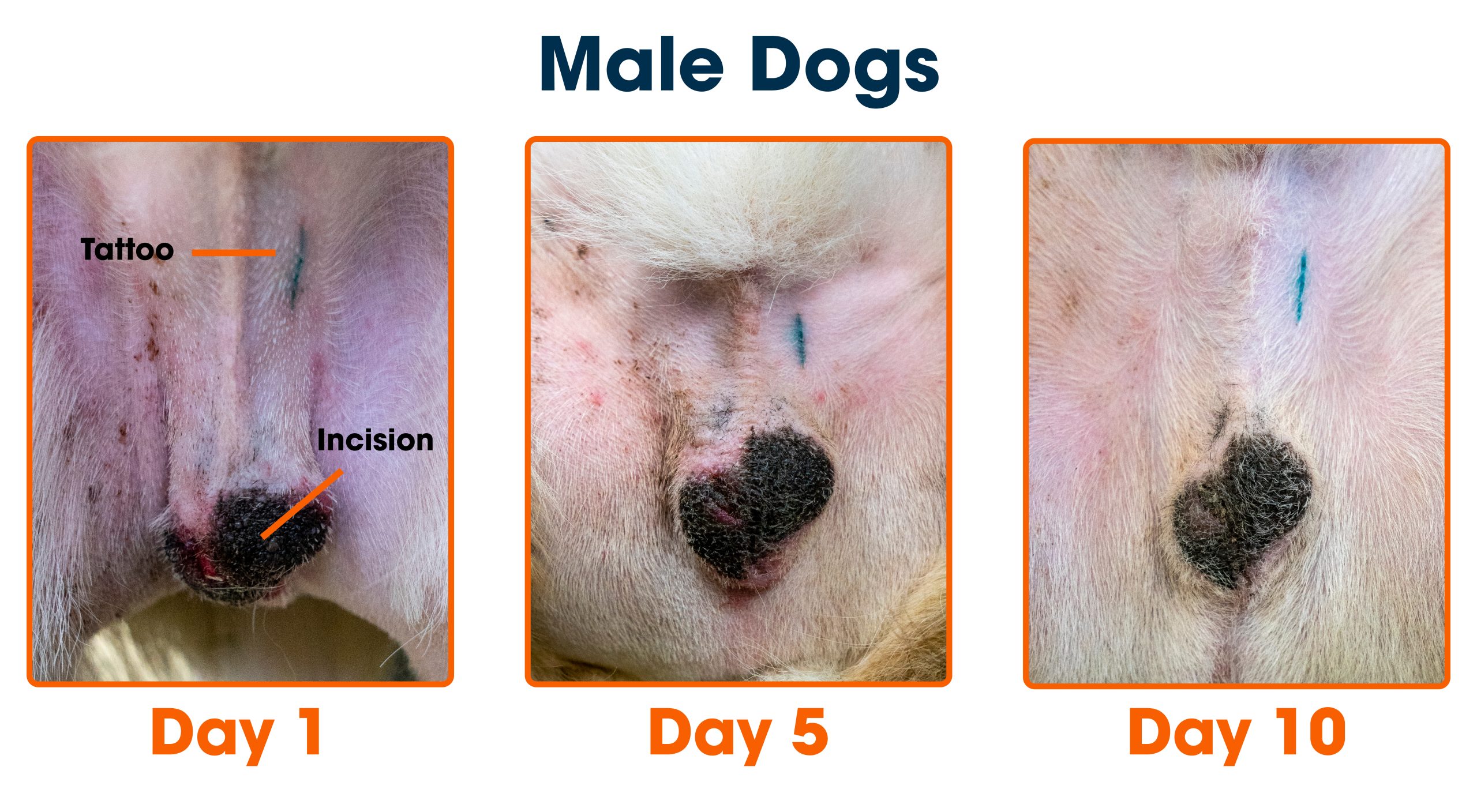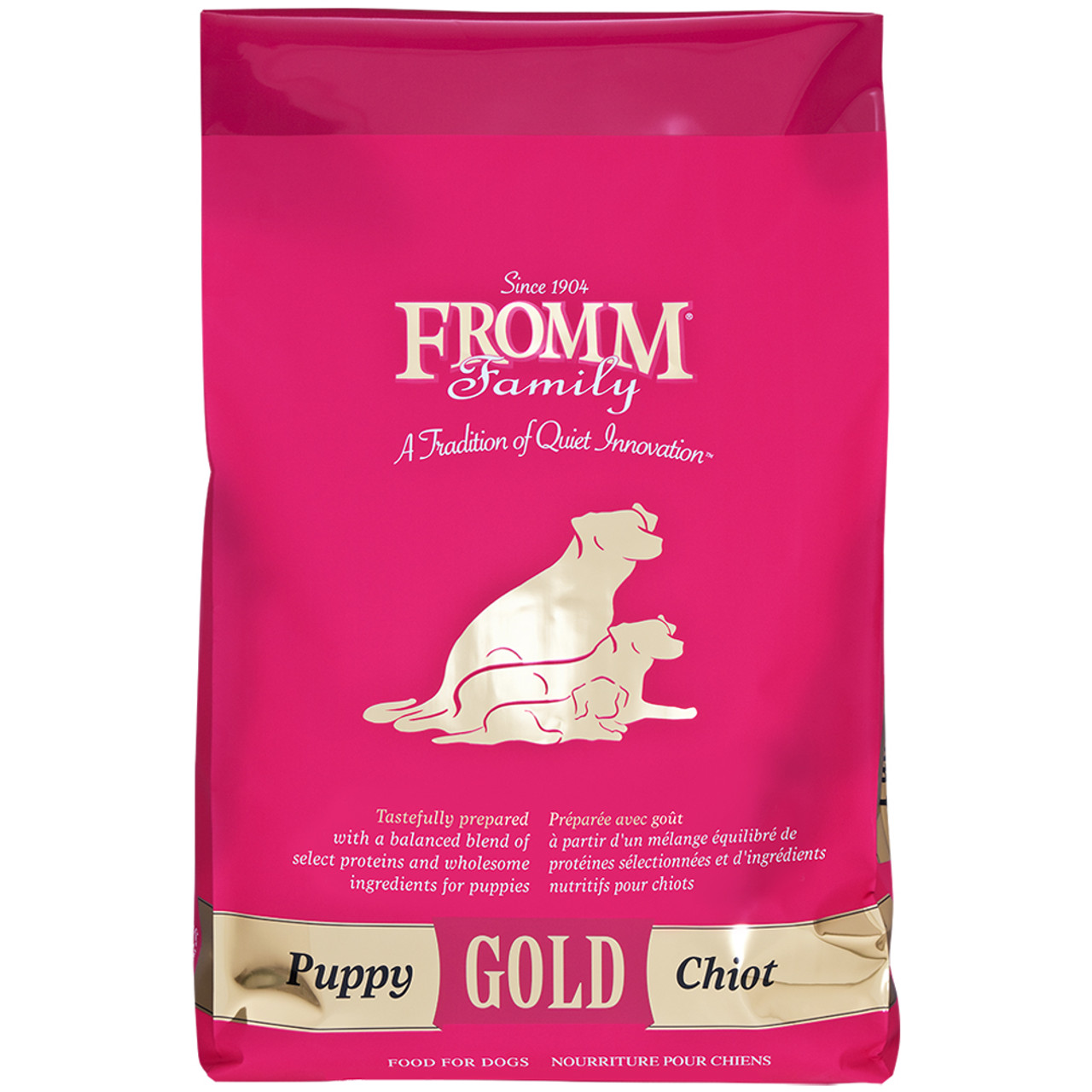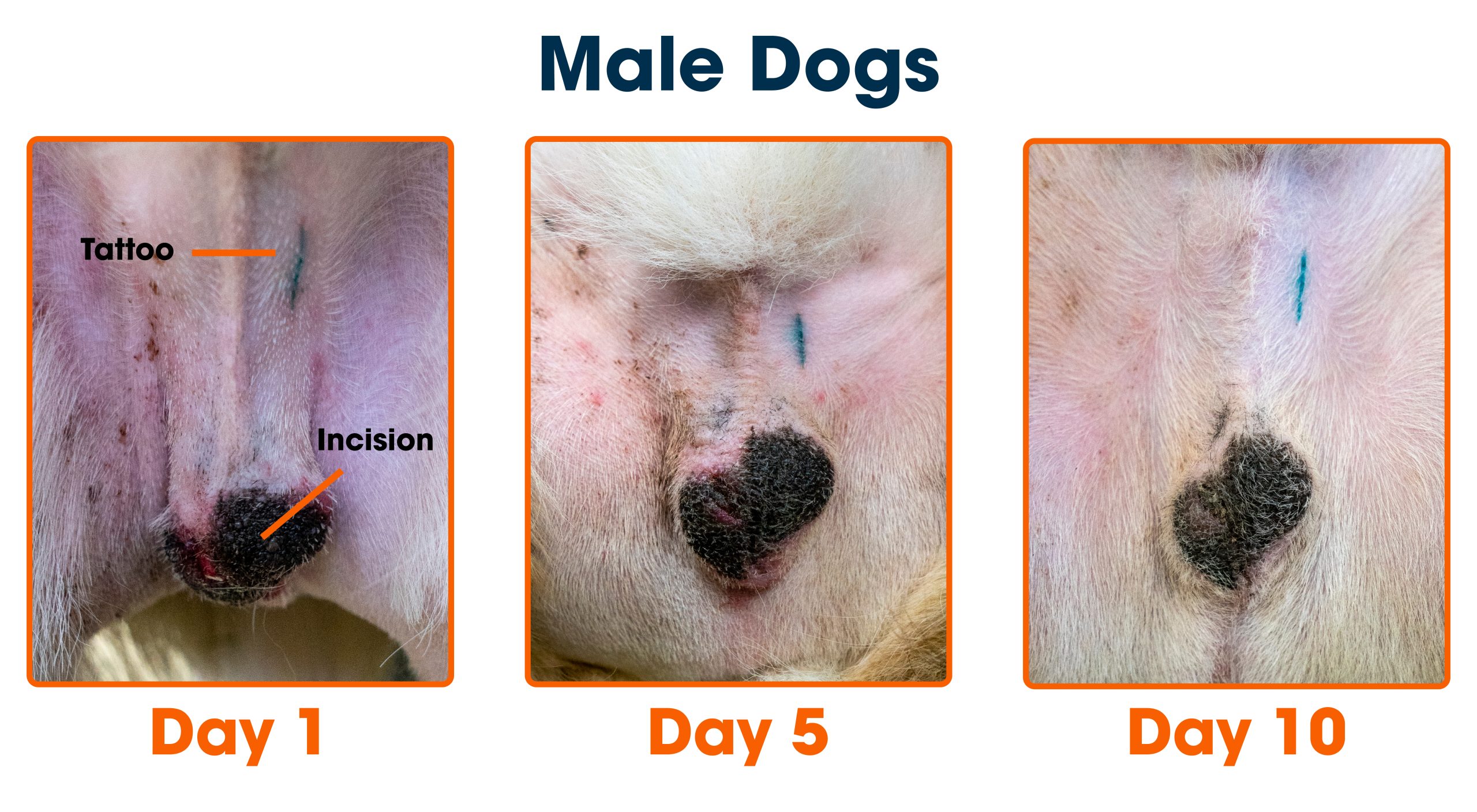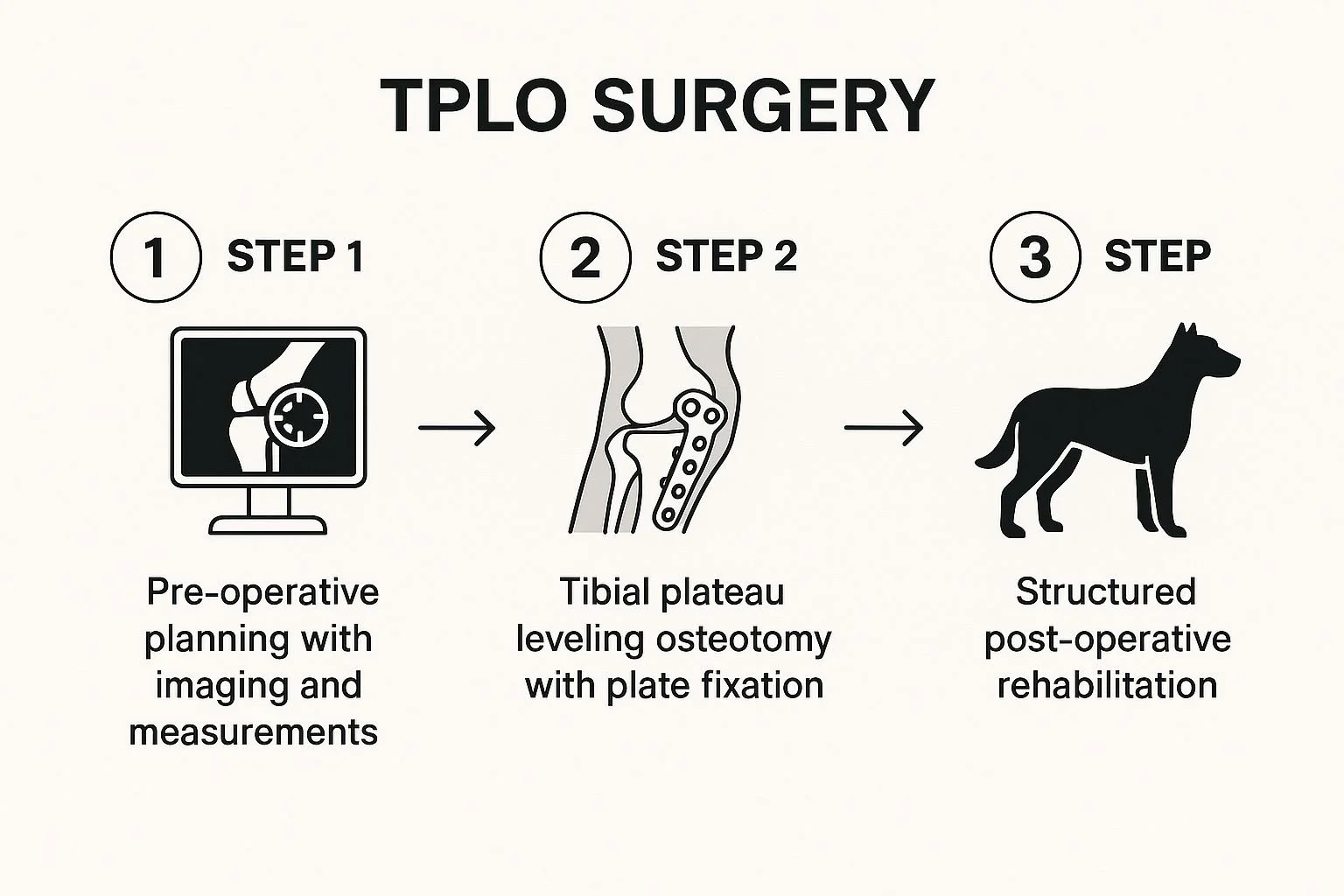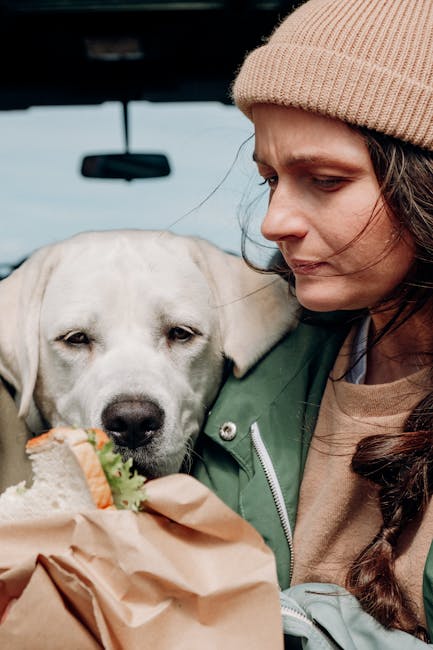Choosing the right food for your 1-year-old small dog can feel confusing. You want to give your furry friend the best nutrition, but with so many options, where do you start?
What type of dog food will keep your small dog healthy, energetic, and happy? If you’re wondering how to make the best choice for your pet’s unique needs, this article is for you. Keep reading to discover simple, clear advice that will help you pick the perfect food and see your little companion thrive.
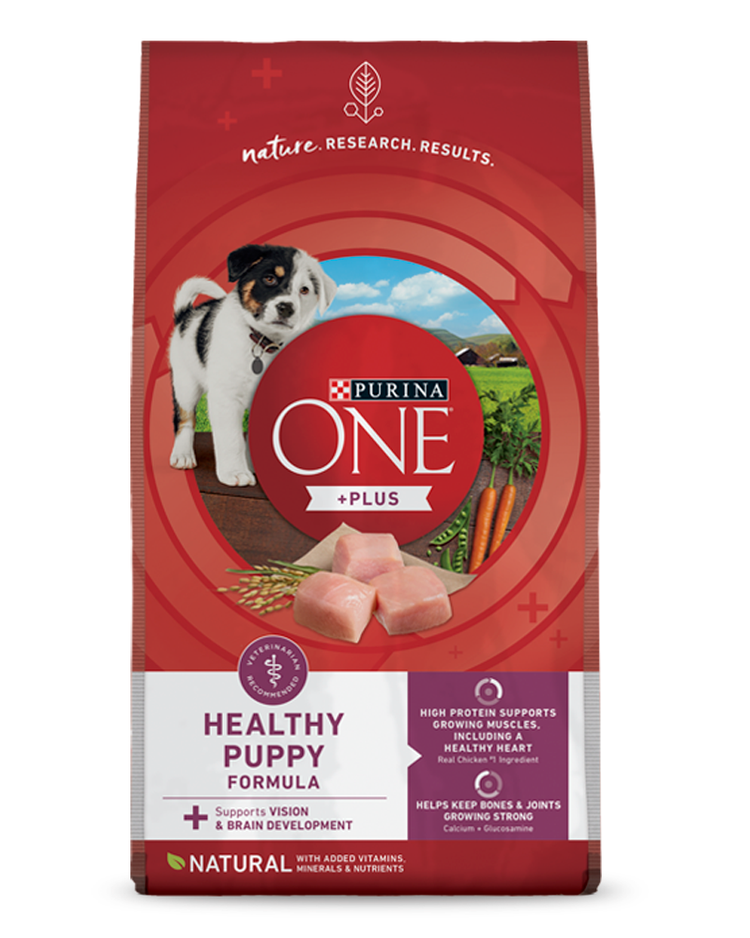
Credit: www.purina.com
Nutritional Needs Of Small Dogs
Understanding the nutritional needs of small dogs is crucial for their health. These tiny companions have unique dietary requirements that must be met. Ensuring they receive the right nutrients supports their growth and energy levels.
Calorie Requirements
Small dogs need fewer calories than larger breeds. A 1-year-old small dog typically requires about 30 to 40 calories per pound of body weight each day. Monitor their activity level to adjust calorie intake. Active dogs might need more calories to sustain their energy.
Essential Nutrients
Small dogs require a balanced diet rich in essential nutrients. Protein helps build strong muscles. Look for dog food with high-quality protein sources like chicken or fish. Healthy fats support skin and coat health. Omega-3 and omega-6 fatty acids are vital.
Carbohydrates provide energy but should be limited. Choose dog food with whole grains or vegetables. Vitamins and minerals play a role in overall health. Calcium and phosphorus are important for bone strength.
Feeding Frequency
Small dogs often benefit from more frequent meals. Their metabolism is fast, needing energy throughout the day. Feed them two to three times daily to keep them nourished. Smaller portions help avoid overeating. Ensure fresh water is always available.
Choosing The Right Dog Food
Choosing the right dog food for your 1-year-old small dog is crucial for their growth and overall health. At this age, your dog transitions from puppy to adult nutrition, which means their dietary needs change. You want to provide food that supports their energy levels, maintains a healthy weight, and keeps their coat shiny and skin healthy.
Dry Food Vs Wet Food
Deciding between dry and wet food depends on your dog’s preferences and health needs. Dry food is convenient, helps keep teeth clean, and usually costs less. Wet food, on the other hand, tends to be more palatable and can help with hydration, especially if your dog doesn’t drink much water.
Many owners find that mixing both types keeps meals interesting. Have you noticed if your dog prefers crunchy or soft textures? Paying attention to this can make mealtime more enjoyable for them.
Grain-free Options
Grain-free dog foods have gained popularity, but they are not always necessary. Some small dogs may benefit from grain-free diets if they have allergies or sensitivities to certain grains. However, grains like rice and oats can be good sources of energy and fiber.
Before switching, consider if your dog has any digestive issues or skin problems. Consulting your vet about grain-free options ensures you meet your dog’s unique dietary needs without missing important nutrients.
Organic And Natural Ingredients
Choosing dog food with organic and natural ingredients means fewer artificial additives and preservatives. These foods often contain higher-quality proteins and real fruits and vegetables, which can boost your dog’s immune system.
Look at the ingredient list closely. Can you recognize the items? If the food contains ingredients you wouldn’t eat yourself, it’s a good sign you’re feeding your dog something wholesome. What ingredients do you think your dog would thrive on?
Special Considerations For 1-year-old Dogs
At 1 year old, your small dog is stepping into a new phase of life. This stage demands careful attention to diet because their nutritional needs change rapidly. Paying close attention to these special considerations ensures your dog stays healthy, active, and happy.
Transitioning From Puppy To Adult Food
Switching from puppy food to adult food isn’t just about age; it’s about meeting your dog’s changing nutritional requirements. Puppy food is rich in calories and nutrients to support growth, but adult food focuses on maintaining health and preventing weight gain.
Make the transition gradual over 7 to 10 days by mixing increasing amounts of adult food with puppy food. Watch your dog’s digestion and energy—any signs of upset stomach mean you should slow the process.
Maintaining Healthy Weight
Small dogs can gain weight quickly if fed incorrectly. You want to avoid both obesity and malnutrition. Check the feeding guidelines on your dog food package but adjust based on your dog’s activity level and body condition.
Use a simple test: can you feel but not see your dog’s ribs? If not, it’s time to adjust portions. Regular weigh-ins and body condition scoring can help you spot changes early.
Energy Levels And Activity
At one year, your dog is likely full of energy and needs food that supports their active lifestyle. Look for dog food with balanced protein and fat to fuel their daily adventures without causing excess weight gain.
If your dog is more couch potato than athlete, choose formulas designed for lower activity levels to prevent unnecessary calories. Remember, your dog’s personality and routine matter just as much as their age when picking the right food.
Common Ingredients To Avoid
Choosing the right food for your 1-year-old small dog means knowing which ingredients to avoid. Some common components in dog food can harm your pet’s health or cause allergies. Understanding these can help you make better choices and keep your furry friend happy and healthy.
Artificial Additives
Artificial additives like colors, flavors, and preservatives often appear in cheaper dog foods. These chemicals may cause digestive upset or allergic reactions in sensitive dogs. I once switched my dog’s food after noticing excessive itching, and removing artificial additives made a big difference.
Look for dog foods labeled free of artificial dyes, flavor enhancers, and synthetic preservatives such as BHA or BHT. Natural alternatives preserve freshness without risking your dog’s health.
Fillers And By-products
Fillers like corn, wheat, and soy add bulk but little nutrition. By-products include parts of animals not typically consumed by humans, such as beaks or feet. These ingredients often lack essential nutrients and can be hard for small dogs to digest.
You want a dog food that lists real meat or fish as the first ingredient, not fillers or by-products. I noticed my dog felt more energetic and had better digestion after switching to a formula rich in whole proteins.
Potential Allergens
Common allergens in dog food include beef, dairy, chicken, and grains. Some dogs develop food sensitivities that lead to itching, ear infections, or upset stomachs. Have you ever seen your dog scratch or chew excessively after meals?
If so, consider trying limited-ingredient or grain-free diets to identify and avoid allergens. Consult your vet to pinpoint problematic ingredients and tailor the diet to your dog’s specific needs.
Top Dog Food Brands For Small Breeds
Choosing the right dog food brand is key for a 1-year-old small dog. Small breeds have unique needs. Their metabolism is faster and they require nutrient-rich diets. The right brand offers balanced nutrition and supports their energy levels.
Top dog food brands provide options for different budgets and dietary needs. Quality ingredients and proper nutrients keep small dogs healthy and happy. Understanding these brands helps owners make smart food choices.
Budget-friendly Choices
- Hill’s Science Diet Small Paws: Affordable with essential nutrients.
- Blue Buffalo Life Protection Small Breed: Good ingredients, reasonable price.
- Natural Balance L.I.D. Small Breed: Limited ingredients, budget-friendly.
Premium Quality Options
- Orijen Small Breed: High-protein, grain-free, fresh ingredients.
- Wellness CORE Small Breed: Rich in proteins and antioxidants.
- Acana Small Breed: Balanced for small dogs, natural ingredients.
Vet-recommended Brands
- Royal Canin Small Breed: Tailored for small dog health needs.
- Purina Pro Plan Small Breed: Supports digestion and skin health.
- Hill’s Prescription Diet: Special formulas for health conditions.
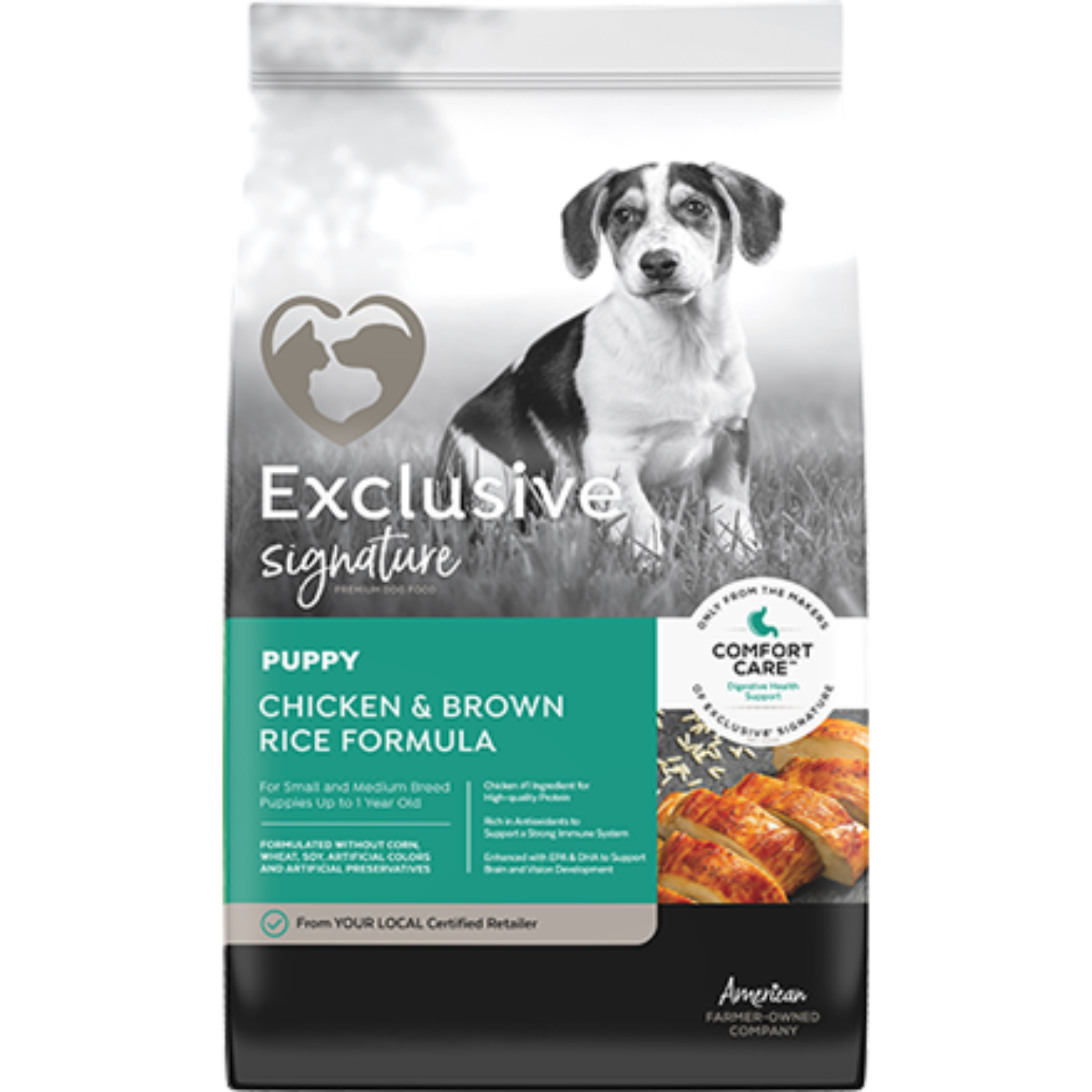
Credit: www.smartysupplyco.com
Homemade Vs Commercial Dog Food
Choosing the right food for a 1-year-old small dog is important. Homemade and commercial dog foods are common options. Each has unique benefits and challenges. Understanding these can help you decide what suits your dog best.
Pros And Cons
- Homemade Food:Allows control over ingredients and freshness.
- Can be tailored to your dog’s tastes and needs.
- Requires time and knowledge to balance nutrients.
- Risk of missing essential vitamins or minerals.
- Commercial Food:Convenient and easy to store.
- Formulated to meet nutritional standards.
- Less time-consuming and consistent in quality.
- May contain preservatives or fillers some dogs dislike.
Balanced Homemade Recipes
A balanced homemade recipe includes protein, carbs, fats, and vitamins. Common ingredients are chicken, rice, vegetables, and oils. Variety is key to provide all nutrients. Avoid toxic foods like onions, garlic, and chocolate. Consulting a vet or pet nutritionist ensures safe meals. Supplements might be necessary to fill nutrient gaps.
Safety Tips
- Always cook meat thoroughly to avoid bacteria.
- Wash all vegetables and fruits before use.
- Store homemade food in airtight containers in the fridge.
- Serve fresh or reheat to a safe temperature.
- Monitor your dog for allergies or digestion issues.
- Regular vet check-ups help track your dog’s health.
Monitoring Your Dog’s Health
Keeping a close eye on your 1-year-old small dog’s health is essential, especially when you’re trying out new types of dog food. Small breeds can be sensitive to ingredients, and their dietary needs change as they grow. Monitoring your dog’s health helps you spot any issues early and make the right adjustments to their diet.
Signs Of Food Allergies
Food allergies can be tricky to identify. Watch for itching, redness, or unusual rashes on your dog’s skin. Digestive problems like vomiting, diarrhea, or excessive gas may also indicate an allergy.
Behavior changes such as lethargy or excessive licking of paws can be subtle signs. If you notice any of these symptoms after switching foods, it’s time to reconsider your choice. Have you noticed any changes in your dog’s behavior after a meal?
Adjusting Diet Based On Health
Your dog’s health should guide food choices. If your small dog shows signs of allergies or digestive upset, try a limited-ingredient or hypoallergenic formula. Grain-free or novel protein options might suit sensitive dogs better.
Always introduce new food gradually over a week to avoid sudden stomach issues. Keep track of what works best by noting energy levels, coat condition, and stool quality. This ongoing adjustment ensures your dog stays happy and healthy.
Regular Vet Checkups
Veterinarians play a crucial role in monitoring your dog’s health. Schedule checkups every 6 to 12 months to discuss diet and overall wellness. Your vet can recommend tests if food allergies or other issues are suspected.
Use these visits to ask questions about your dog’s nutritional needs as they grow. Don’t wait for problems to appear—regular vet advice keeps your small dog thriving on the right food.

Credit: www.chewy.com
Frequently Asked Questions
What Type Of Dog Food Suits A 1-year-old Small Dog?
A balanced diet with high-quality protein and moderate fat suits small dogs at one year. Choose formulas made for small breeds. Look for ingredients like chicken, fish, and rice for easy digestion.
How Much Food Should A 1-year-old Small Dog Eat Daily?
Feed your small dog ½ to 1 cup of food daily, split into two meals. Portion size depends on weight and activity. Always check the package guidelines and adjust as needed.
Is Dry Or Wet Food Better For Small Adult Dogs?
Dry food is convenient and helps dental health, while wet food offers hydration and palatability. A mix can provide balanced nutrition and variety. Choose quality brands with real ingredients.
Should I Switch Dog Food At 1 Year For Small Breeds?
Yes, transition from puppy to adult dog food around 1 year. Adult formulas have the right nutrient balance for growth completion and maintenance. Transition gradually over 7-10 days to avoid digestion issues.
Conclusion
Choosing the right food supports your small dog’s health and energy. Nutrients matter most for growth and strong bones. Small breeds need food made for their size and age. Balanced meals help keep their coat shiny and skin healthy. Always watch your dog’s reaction to new food.
Healthy eating leads to a happy, active pet. Feed with care, and your dog will thrive. Simple choices make a big difference every day.

